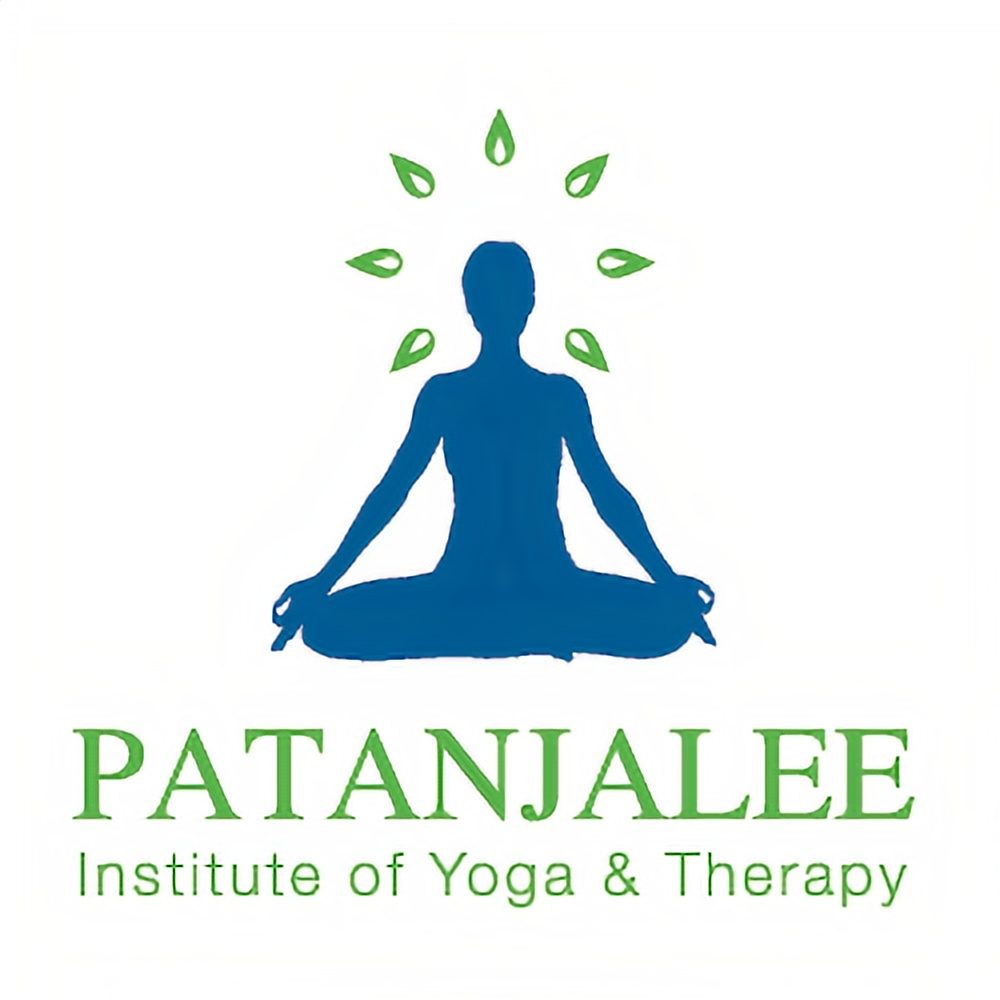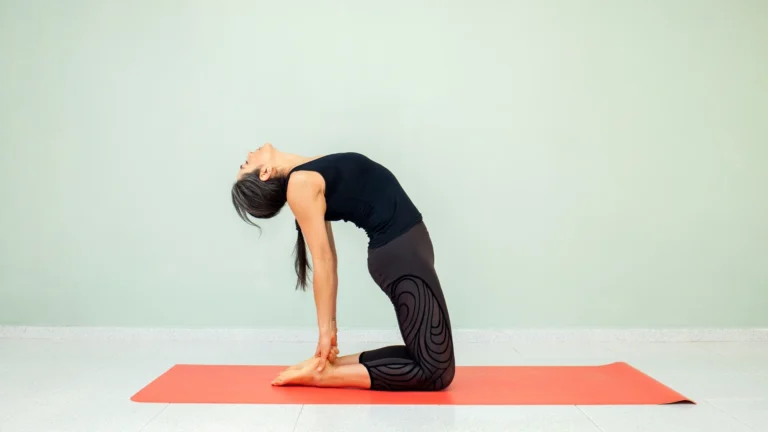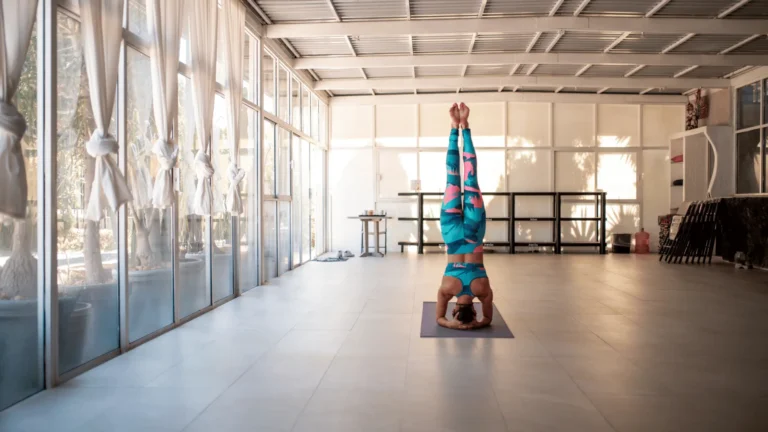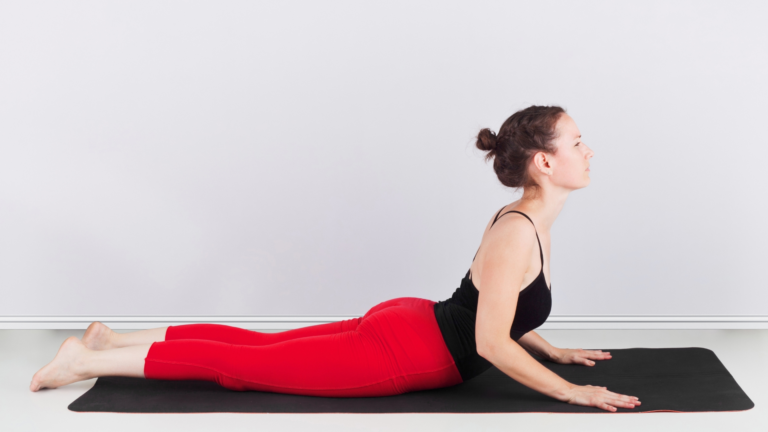SASANKASANA – The Rabbit or The Crescent Moon Posture: Steps and Benefits
A yoga posture is like a key to unlocking the depths of physical and spiritual well-being. Harvard Health Publishing reports the existence of over 800 distinct types of yoga . One of them is Sasankasana, with its poetic name of the Rabbit or Crescent Moon Posture, which beckons us to embark on a captivating journey of self-discovery. It is an asana that beautifully fuses the elegance of a crescent moon and the humility of a rabbit, providing a unique opportunity to embrace both nature’s grace and inner serenity.
As we delve into the steps and mysteries of sasankasana, we’ll unravel not just its cultural, therapeutic, and spiritual significance but also the secrets it holds for our holistic well-being. Join us as we unlock the door to this enchanting world of yoga.
How To Do Sasankasana?
Here are the steps to perform sasankasana:
- Start in a seated position with legs extended and heels together, palms resting on the floor beside your buttocks.
- Bend your right leg, bringing the heel close to your right buttock.
- Bring your left leg under your left buttock, keeping your knees close together and your spine upright.
- Place your palms on the upper part of your thighs or over your knees.
- Reach your left hand behind your back to catch your right hand securely.
- Exhale and bend forward from your waist, resting your forehead on the floor in front of your knees.
- Inhale as you slowly raise your head and chest.
- Release your hands and rest your palms on your thighs.
- Extend your left leg, keeping it straight.
- Unfold your right leg, also keeping it straight and aligned.
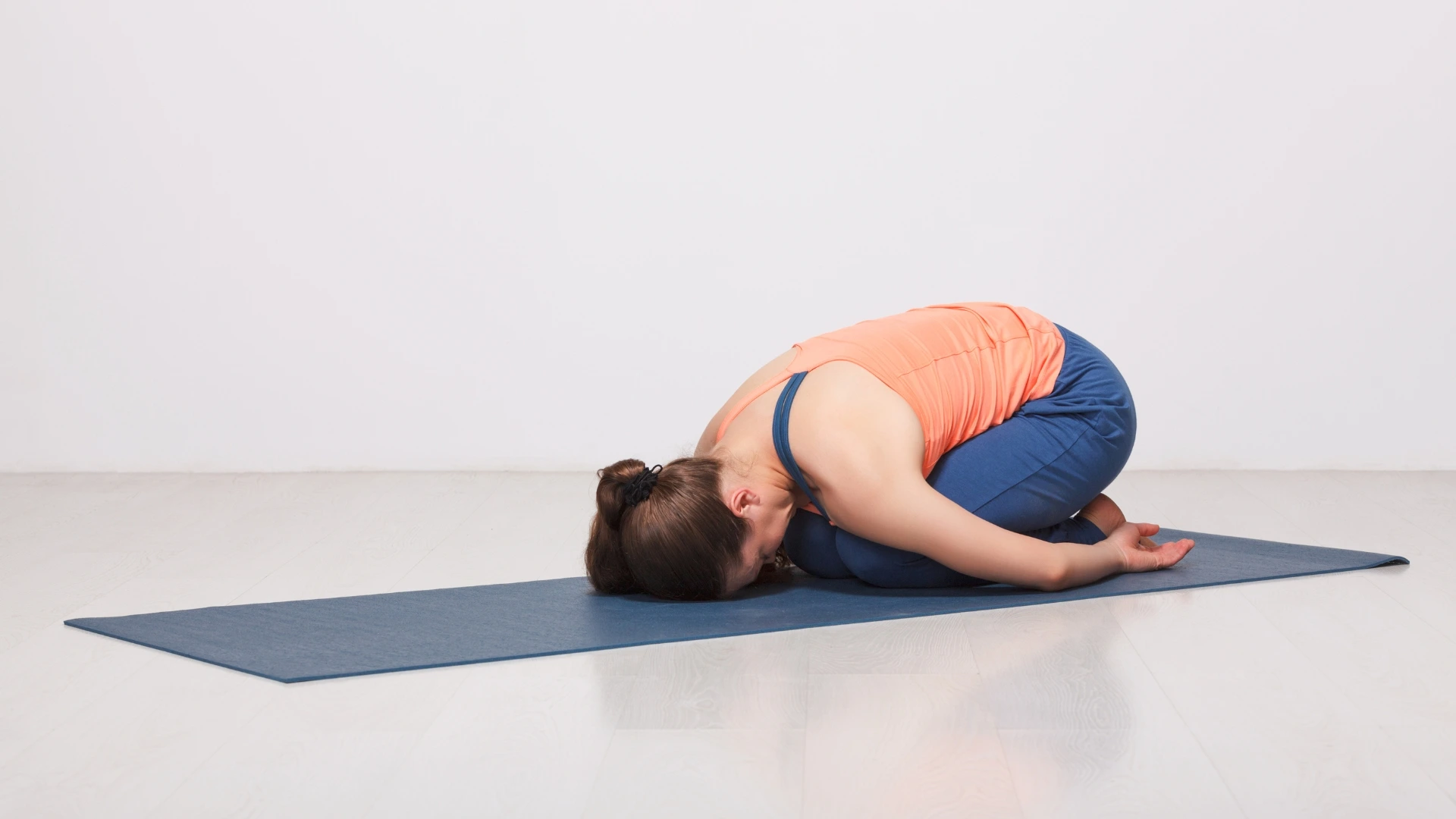
How Often And For How Long Should You Do Sasankasana?
The number of times and the duration of practicing sasankasana can vary based on your experience and flexibility. A general guideline is to practice it daily or several times a week, holding the pose for about 20-30 seconds initially and gradually extending the duration to 1-2 minutes or longer as you become more comfortable. Start with 2-3 repetitions and adjust according to your progress. It’s crucial to listen to your body and avoid overexertion, and if you have specific goals or concerns, seeking guidance from a qualified yoga instructor is recommended for personalized advice.
Tips To Perform Sasankasana
- Begin with a gentle warm-up to prepare your body.
- Maintain proper alignment with an erect spine.
- Coordinate your breath with the movements: exhale when bending forward, inhale when returning upright.
- Start with shorter holds and fewer repetitions if you’re a beginner, gradually increasing them.
- Focus on the sensations and stretch in your body during the asana.
- If you experience discomfort or pain, exit the pose immediately.
- Consider practicing under the guidance of a qualified yoga instructor if you’re new to yoga or have specific concerns.
- Consistency is key, so make regular practice a part of your routine to improve your comfort and proficiency in sasankasana over time.
Interesting Facts About Sasankasana
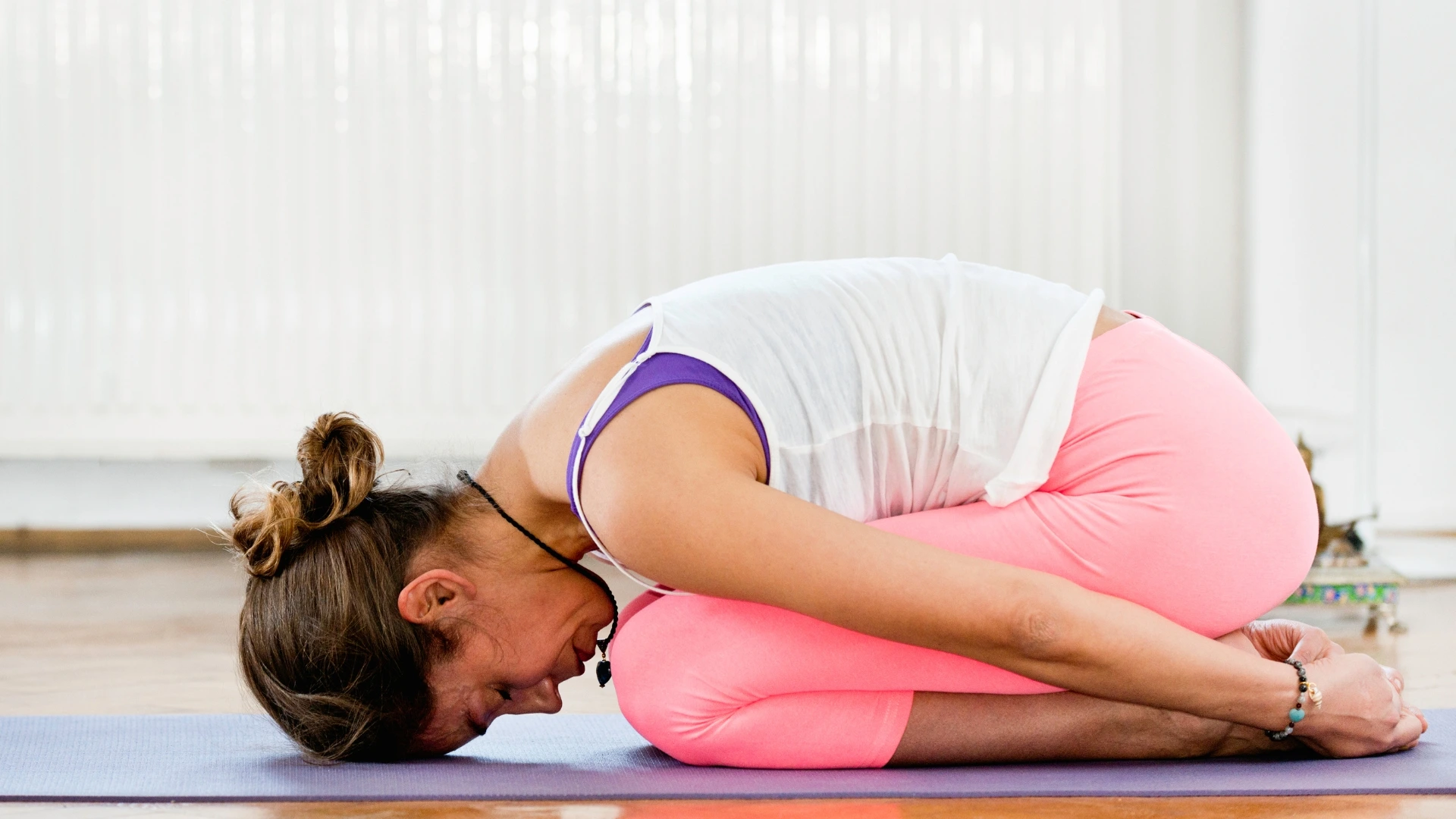
The term ‘Shashank’ translates to ‘moon’ in Sanskrit. The moon is a symbol of tranquility and emits soothing vibrations, underlining the pose’s connection to calm and peace.
Shashankasana stimulates five vital chakras in the body: the Crown, Third Eye, Solar Plexus, Sacral, and Root chakras. These chakras serve as energy centers with potential impacts on our physical, psychological, spiritual, and emotional well-being. Disruptions in these chakras may lead to various health issues.
Each of these chakras exerts a unique influence on the mind and body. The crown chakra, situated in the head, is associated with enlightenment, spirituality, and profound thought. The Third Eye chakra acts as a focal point for concentration and heightened awareness. Balancing the Solar Plexus chakra can enhance productivity and focus. The Sacral chakra, located in the lower abdomen, influences feelings of happiness, intuition, contentment, and compassion. A balanced Root chakra instills confidence, stability, and vitality.
Advantages of Performing Sasankasana
- Improves blood circulation to all abdominal organs.
- Enhances the function of the pelvis and lower back nerves.
- Assists in addressing seminal weaknesses.
- Induces relaxation throughout the entire body.
- Enhances awareness and sensitivity.
- Promotes a sense of coolness within the body.
- Encourages a relaxed and tranquil state of mind.
Also, read- ARDHA MATSYENDRASANA-The Half-Twist Posture: Steps and Benefits
Does Sasankasana Reduce Stress?
Yes, Sasankasana, the Rabbit Pose in yoga, helps reduce stress. This posture involves a gentle forward bend that activates the relaxation response in our nervous system, calming the mind. As we release tension in the spine, shoulders, and neck, the rhythmic breathing and focused movements divert attention from stress, creating a peaceful experience. Sasankasana is not only about physical flexibility but also serves as a simple and effective tool for managing stress, making it a valuable addition to a well-rounded yoga practice.
Can Women Do Sasankasana During Periods?
Yes, women can practice Sasankasana (Rabbit Pose) during their periods, but it’s essential to listen to their bodies. If experiencing discomfort or fatigue, it’s okay to modify the pose or skip it. Gentle-forward bends like Sasankasana can help relieve menstrual cramps and promote relaxation. However, individual comfort levels vary, so women should prioritize their well-being and choose poses that feel right for them. Always consult with a healthcare professional or a qualified yoga instructor for personalized advice on practicing yoga during menstruation.
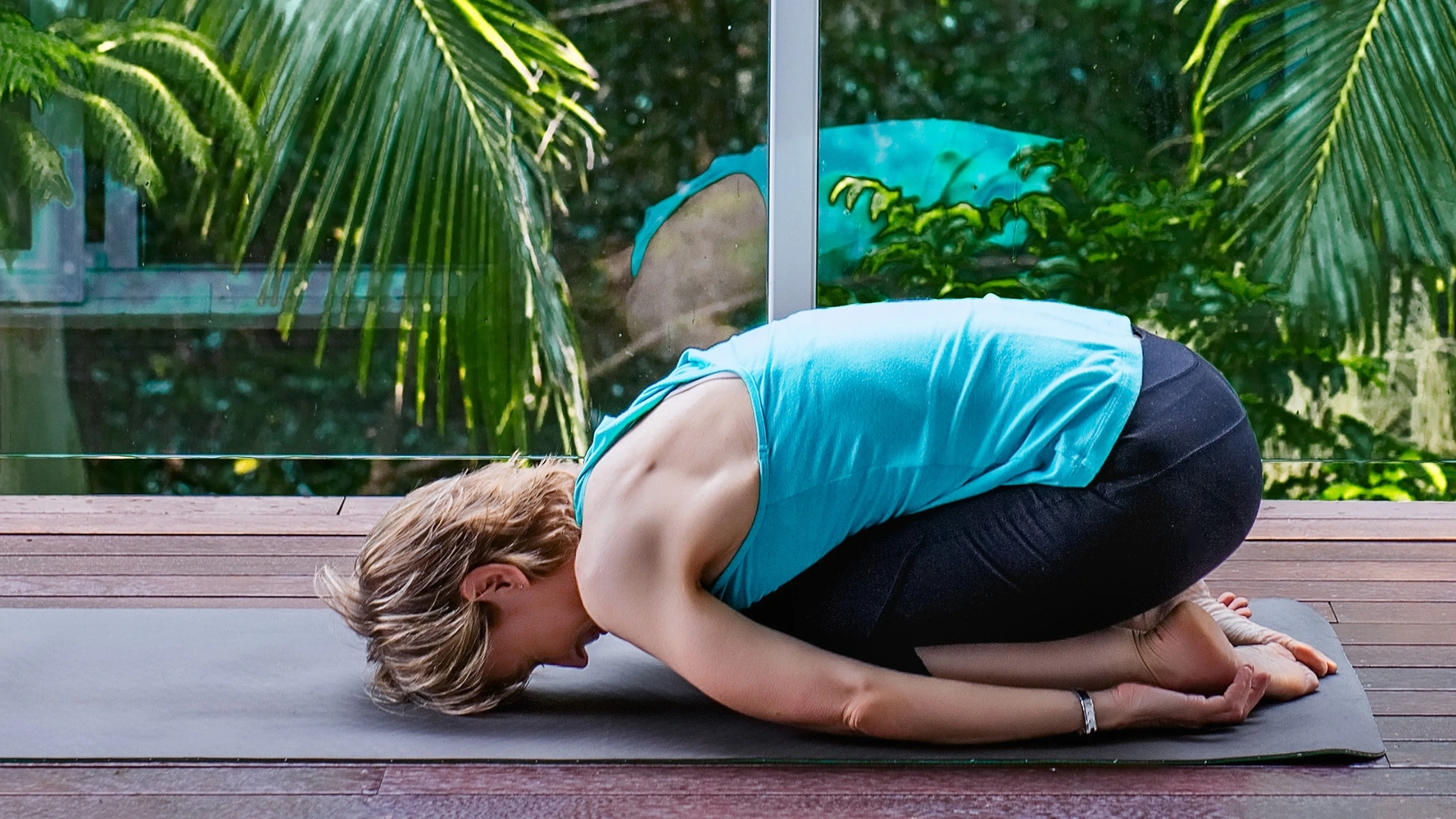
Is Sasankasana Safe For Pregnant Women?
Generally, it’s best for expectant mothers to avoid deep forward bends during pregnancy. While Sasankasana can be done in the early stages, it’s crucial to consult a healthcare professional or a qualified yoga instructor for personalized advice. They might recommend modifications or alternative poses to ensure safety. As a rule, listening to the body and avoiding excessive pressure on the abdomen is crucial. Pregnant women should prioritize comfort and well-being, making Sasankasana safe when practiced mindfully and with expert advice.
Physical Wellness and Core Strength
Sasankasana is not just a calming posture; it’s also highly effective in improving flexibility and core stability. The forward bend gently stretches the spine, hips, and lower back, releasing stiffness and promoting better posture. Practicing it regularly helps strengthen abdominal muscles and supports digestive health by stimulating abdominal organs. For those who spend long hours sitting, this asana acts as a natural counterpose to daily strain, improving spinal alignment and circulation.
Emotional Calm and Mental Clarity
One of the most powerful aspects of Sasankasana is its ability to calm the nervous system. As you fold into the pose, the body activates the parasympathetic response, lowering stress hormones and encouraging relaxation. Many practitioners describe a sense of “mental quiet” after holding the posture, making it a great choice for managing anxiety or restlessness. Over time, Sasankasana can enhance focus, boost emotional resilience, and foster mindfulness—qualities that positively impact both personal and professional life.
Spiritual Awakening and Chakra Balance
Beyond its physical and emotional benefits, Sasankasana carries deep spiritual significance. This posture stimulates five key chakras—the Crown, Third Eye, Solar Plexus, Sacral, and Root—creating a powerful energy flow through the body. Balancing these chakras enhances awareness, intuition, inner strength, and overall harmony. The gentle bowing gesture of Sasankasana also symbolizes humility and surrender, inviting practitioners to connect with a higher sense of peace and inner wisdom.
Physical & Mental Harmony Through Sasankasana
Sasankasana is not just a beautiful pose; it offers meaningful benefits for both body and mind. This gentle forward bend stretches the spine and hips, promoting flexibility and improving circulation. It also has a calming effect on the nervous system—engaging the parasympathetic response to lower stress levels.
In fact, a 2024 systematic review on postnatal yoga found that participating in yoga reduced symptoms of depression by an average of 40% among new mothers, demonstrating the profound mental health benefits of gentle forward folds like Sasankasana .
Just a few minutes of Sasankasana can help quiet mental chatter, release tension, and restore emotional balance—making it a truly nourishing posture for holistic wellness.
Who Should Refrain from Sasankasana?
sasankasana, like many yoga poses, offers a range of benefits, but it may not be suitable for everyone. Individuals with certain health conditions should exercise caution or avoid this pose. It is advisable for those with back pain issues, such as lumbago or spondylitis, to refrain from practicing sasankasana, as the forward-bending nature of the pose may exacerbate these conditions. As with any yoga practice, it is essential to prioritize safety and consult with a qualified yoga instructor or healthcare professional if you have any concerns or specific health conditions that may affect your ability to perform sasankasana safely.
Subtle Considerations
Bending Technique: Ensure that your buttocks remain at the same level as your heels, and keep both your knees and thighs close together.
Breathing Method: Exhale as you bend forward, inhale as you return to an upright position, and maintain normal breathing in the final position.
Conclusion
Sasankasana is a symbol of unity and harmony, an embodiment of the age-old wisdom that yoga imparts. It reminds us that every pose is an intricate journey, one that traverses not just the contours of the body but also the uncharted territories of the mind and spirit. In its serene elegance, sasankasana encapsulates the essence of yoga, inviting us to explore the boundless wisdom within ourselves as we embrace the profound harmony of the practice. Take part in our online yoga classes to live a healthy and peaceful life.
